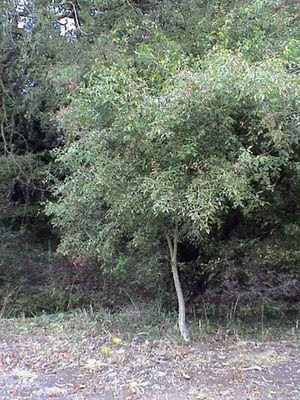
Jim Cracknell took several pictures of this Sparrowhawk in his garden last week...
Sightings and news for the Naturewatch group of Great and Little Abington in Cambridgeshire, UK. See below for more details and information on how to join.














The first sampling session of the year was in 'Hood's Reach' - between the two Abington churches and Abington Hall - by kind permission of the land-owner. This section of the river is quite deep and somewhat inaccessible when the bullrushes and nettles are fully grown. However, at this time of year, it proved fairly easy to sample from the bank.
We saw shoals of minnows and managed to catch one fish. We also found a variety of mayfly and damsel fly nymphs, with the usual shrimp and hog-louse. There were a lot of caddis fly larvae and a large ramshorn snail.
On a fence post by the river side, we saw a banded snail.
Next session: 25th April (after the regular inspection and litter-pick) - meet at the ford at 10:30.
At their meeting on 9 April 2005 the members approved this revised version of the aims of Abington Naturewatch:
The organisation is informal and communication is by email if possible; members are notified of events from time to time. Contact details are maintained by a small "project team". There is currently no membership fee as costs are covered by voluntary contributions at events.
Members are encouraged to report notable sightings of flora and fauna within the Abingtons to the appropriate sector coordinator and an illustrated record is published annually.
A map of the area covered, with some features noted, is available here: http://maps.google.co.uk/maps/ms?ie=UTF8&hl=en&msa=0&msid=213774935674882866424.00000111dca2be9f06ab8&z=13>
For more information or to join, please contact David Farrant on (01223) 892871.
Contributions to our records should be sent to sector contacts or either of the above. Photographs may also be submitted to Andy Merryweather (amerryweather61@gmail.com)